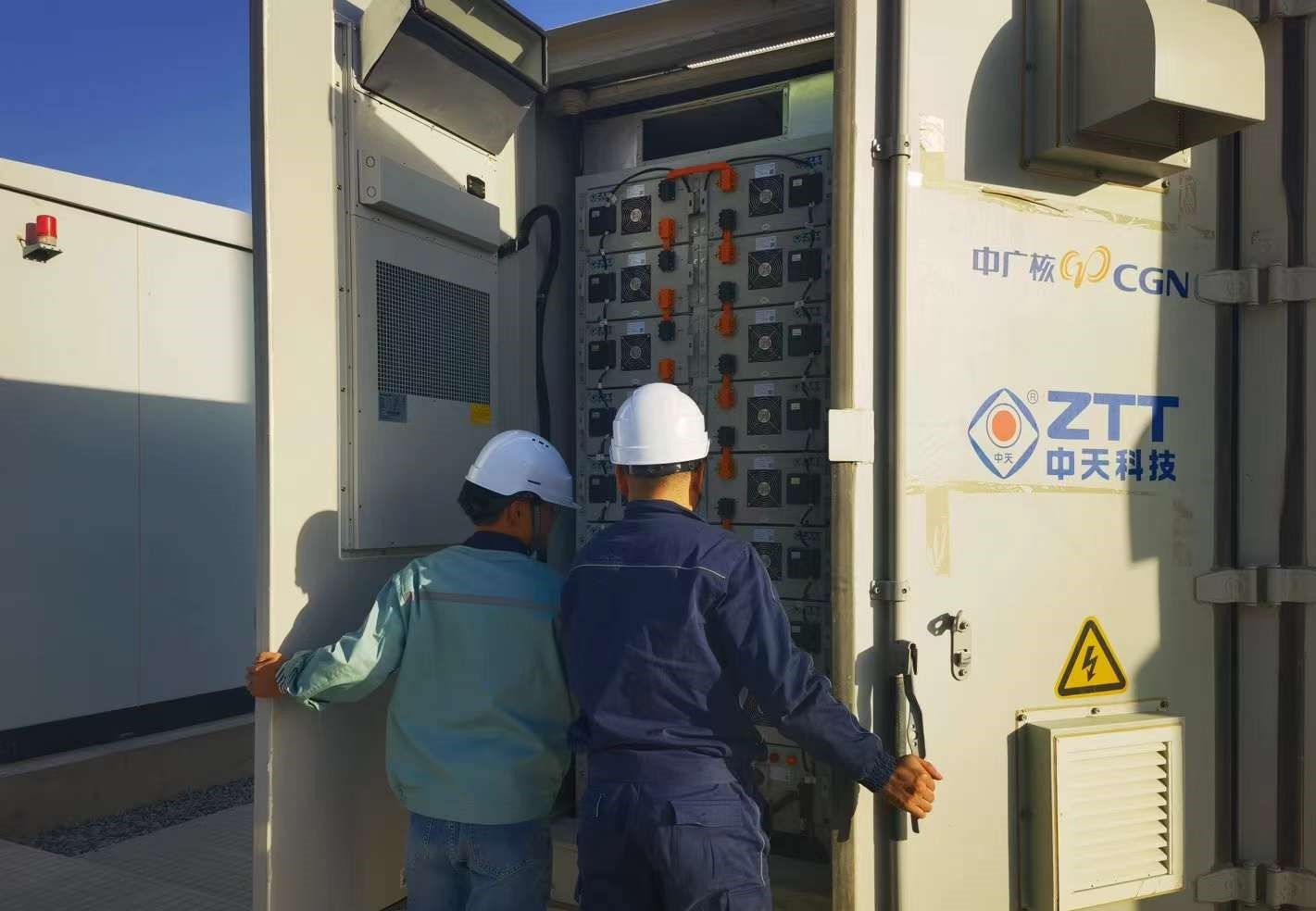How does Energy Storage Reduce Peaks in Summer?
As we mentioned before, Battery Energy Storage System (BESS) can help balance the supply and demand of power generation, distribution, and consumption. Then, how can energy storage help “reduce peaks” as summer comes and the temperature rises?
Overview
Energy storage can help “reduce peaks” during times of high temperatures by storing excess energy generated during periods of lower demand and then releasing it during times of peak demand. This is particularly important during heatwaves when air conditioners and other cooling systems are in high demand, which puts stress on the electricity grid and can lead to blackouts or brownouts.

Recently, the temperature in many places in China continued to rise, Beijing, Tianjin, and many places temperature reached 40 ℃. The power grid electricity load is also continuing to go high, compared with the same period in previous years, the peak load continues to hit a new high. With the onset of the summer season, the power supply pressure on the power grid has been dramatically on the rise. According to the CEC’s forecast, the country’s peak electricity load is expected to be around 1.37 billion kilowatts in 2023 under normal weather conditions. This represents an increase of around 80 million kilowatts from the previous year, or around 100 million kilowatts if there is a prolonged period of widespread extreme weather.
How to Mitigate Daytime Shortages?
The functions of energy storage are diverse and, from a purely technical point of view, can provide different functions in different application scenarios. The main corresponding functions for short-term power shortages in the grid are peak shaving and demand side response of energy storage.
Currently, power shortages in the grid are dominated by daytime shortages. The current charge and discharge times for new energy, grid, and user-side energy storage are all 2-4 hours, which is an effective means of mitigating daytime shortages.

Peaking Application
New energy side and grid side energy storage are currently based on peaking applications. In times of power shortage, through peaking auxiliary service market or power spot market discharge for peak shaving.
For user-side energy storage, the main profit is currently from the peak-to-valley tariff differential.
About Peak Shaving
Peak shaving refers to the reduction of energy demand during periods of high electricity usage, which reduces the stress on the power grid and minimizes the need to operate expensive and less efficient power plants. For example, energy storage systems can store energy during off-peak hours and discharge this energy during peak demand hours, helping to smooth out electricity demand spikes.
Other functions of energy storage include providing backup power during power outages, helping to integrate renewable energy sources into the grid, and providing frequency regulation services to help maintain grid stability. Additionally, energy storage can improve the efficiency of industrial processes and reduce energy costs through load shifting and other techniques.

Conclusion
> Feel free also to contact us for more information: sales@zttsupercap.com
> Keep yourself up-to-date on ZTT’s New Energy News, Trends, Applications, and more with our LinkedIn Page.
> For more information about our Supercapacitors, also visit our product page.
Related news
2023-07-05







No. 5 Zhongtian Road, Nantong Economic & Development Zone, Jiangsu Province, China
© Copyright 2024. Zhongtian Supercapacitor Technology Co., Ltd.. All rights reserved.

